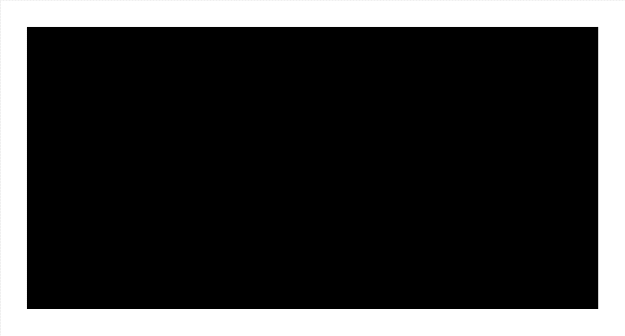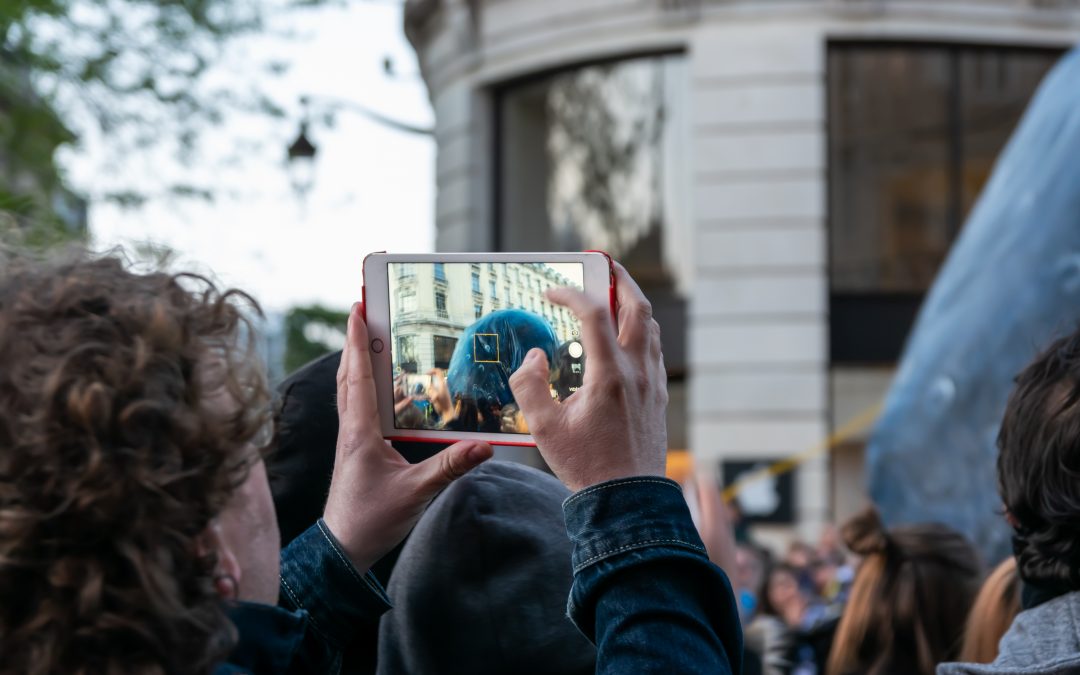The harnessing of visual user-generated content has become a daily routine in newsrooms and an important feature of journalistic work. The increased use of material generated by audiences has also seen an increasing interest in UGC’s verification technology and practices. In their latest publication, MediaFutures researchers present a detailed analysis of journalistic process for visual content verification and provide an overview of available tools employed by the media industry in assessing the veracity of user-generated content.
The Arab Spring of 2010, Iranian protests following the death of Masha Amini in September 2022, or the Typhoon Hagibis that struck Japan in 2019 constitute examples of events in the coverage of which media around the world relied heavily on content created by ordinary people. In situations when reporters cannot reach the ground efficiently such as in the countries with limited press freedom or in cases where events unfold quickly such as during a natural disaster, user-generated content (UGC) becomes a key element in media coverage as it provides access to an otherwise inaccessible place.
Over the years, social media have become platforms where audiences share their first accounts of events, and where newsgathering takes place. Integrating visual user-generated content into the reporting of the media, however, comes with its fair share of challenges – the main one concerning the procedures for vetting the visual material generated by audience members.
Double-edged sword
While social networks can provide an efficient way for media outlets to learn about events and engage with the public, they can also aid the spread of objectionable content. Sohail Ahmed Khan, a PhD candidate in MediaFutures researching on multimedia forensics, explains: “On one hand, social media provide the public and journalists with easy and instant access to local and global news in almost real time. On the other hand, these digital channels provide a fertile ground for the spread of false or misleading information”.
Seeking to counter the spread of manipulated material, while also leveraging user-generated content, journalists and news editors have been establishing strategies with regards to content verification. Many news organizations, including BBC and The Associated Press, have published guidelines that outline how to cope with social media content.
Coping strategies and journalistic verification practices concerning visual UGC have also been the subject of interest of research communities, among them the Media content production & analysis’ research group at MediaFutures.
How do journalists and fact-checkers verify visual user-generated content?
A new research article by MediaFutures’ scientists and collaborators provides a comprehensive overview on visual user-generated content verification in journalism. The study, led by PhD candidate Khan and published in IEEE Access, includes a detailed description of First Draft News’ five pillars of UGC vetting process, and outlines how journalists and fact-checkers assess the validity of material generated by users based on these five elements. Moreover, with the aim of strengthening the verification process, the authors propose a sixth verification element – Multimedia Forensics. Khan elaborates: “The first five elements can help verify visual UGC which has been scraped from the web, manipulated and then shared again online. However, these elements are not designed to help verifiying manipulated content surfacing online for the very first time. Through the sixth element we suggest the use of image/video forensics tools which can help detecting multimedia forgeries, for example copy- move or splicing”.

The study in question delivers also analysis of a variety of visual content forgeries, and an overview over forensics techniques proposed by the computer science community to debunk manipulated visuals. Additionally, the authors involved map the available computational tools media professionals frequently employ in order to verify visual UGC, as well as the available multimedia forensics tools which are not commonly used by the journalists and fact-checkers, and discuss the limitation of the the tools.
“We hope for the study to aid media professionals and newsrooms in their fight against visual mis-/disinformation”, adds PhD candidate Khan.
To access the research publication click here.

